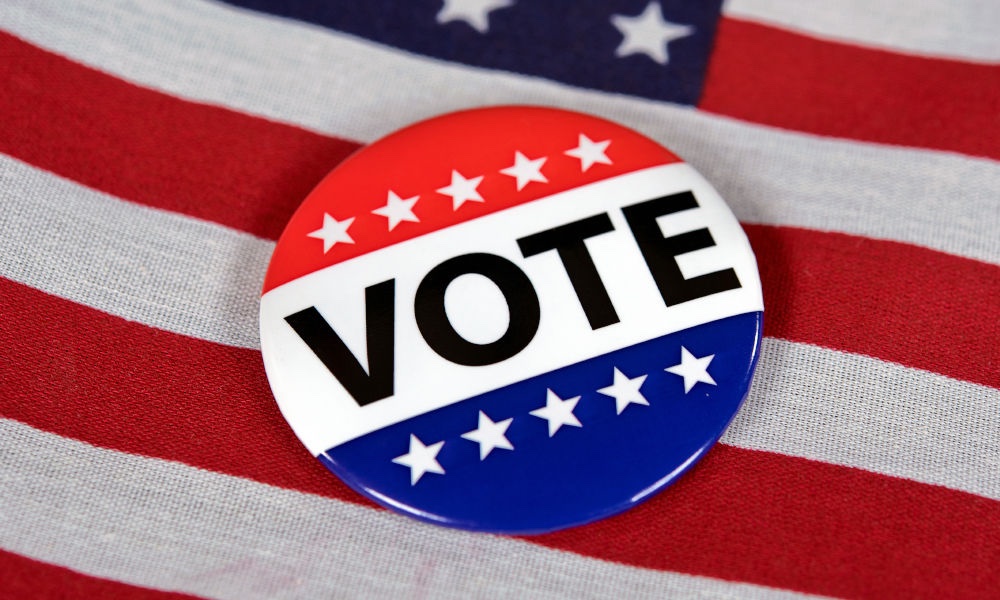Homicide is one of three leading causes of death for adolescents in the United States, along with accidents and suicide. Nearly 4800 teens are murdered each year, according to the Centers for Disease Control.
The risk of death by homicide is highest in cities and among African-American teens. When researchers and policymakers look for ways to reduce this terrible statistic, they seek risk factors that can be changed. Some programs target poverty and inadequate education, two factors believed to contribute to increased risk of violence among individuals.
Other programs are designed to help the mental and behavioral health of adolescents who might be at higher risk of violent behavior by providing treatments to reduce impulsivity, delinquency and substance use.What is needed are interventions that are affordable and immediate and more likely to save young lives sooner.
Recently, researchers studied whether changing the physical environment — the immediate neighborhood — might reduce teen deaths.
Youth homicides often take place in rundown urban areas. Since public health officials can potentially change public spaces, a group of researchers wondered if making the environment safer could help reduce the risk of deadly attacks.
The researchers looked for low-cost improvements in outdoor spaces that would discourage violence, such as improving green space, adding lighting and cleaning up trash.
What they found is that when neighborhoods had streets that were adequately lit, had illuminated walk signs, painted crosswalks, public transportation, parks and maintained vacant lots, there was a lower incidence of homicide.
Interestingly, stop signs were associated with a higher risk of homicides. This may be because stop signs are used in less-trafficked and therefore more risky areas, they suggest.
Shrubbery was also associated with increased crime. It seemed to obscure visibility, offer a place to hide and provide a potential site for crime, according to the researchers.
Urban teens are challenged to find safe routes to and from school and safe places for outdoor sports and activities.Stop signs and shrubbery were associated with a higher risk of homicides.
Relatively low cost investments in urban community environments could play a significant role in decreasing the opportunities for violent crimes among youth and adults, the researchers suggest, though additional study is needed. The researchers advocate identifying those features of the urban landscape that could be easily modified to improve community interactions and reduce youth violence in urban settings.
The study is published in JAMA Pediatrics.





